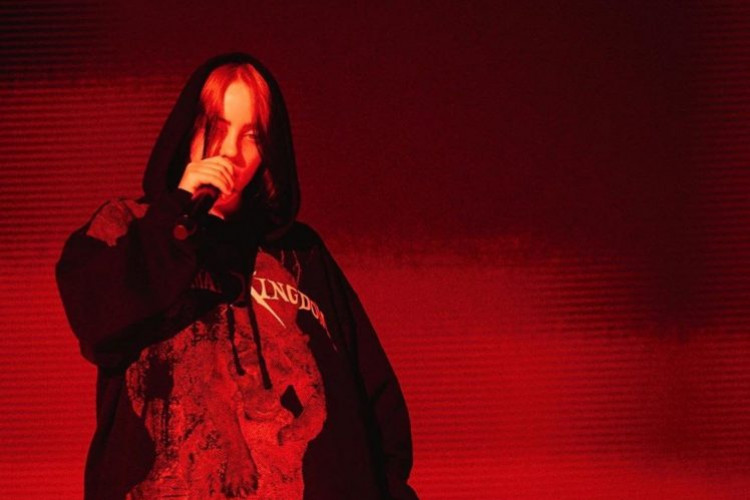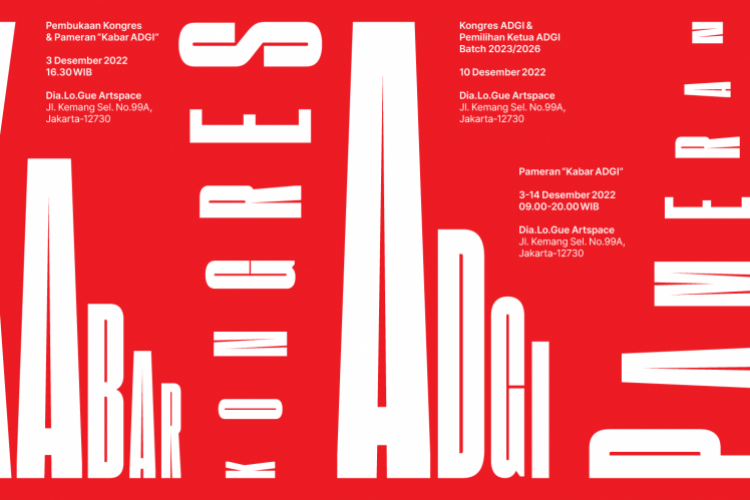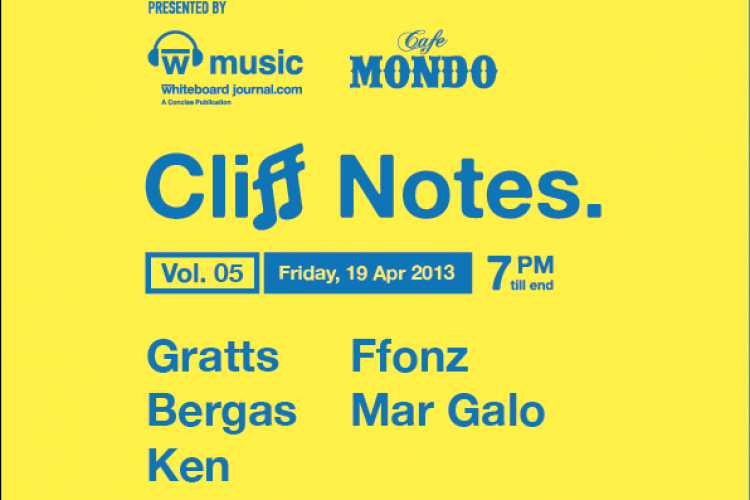Football Then and Now with Yeyen Tumena
Chandra Drews (C) talks to football personality Yeyen Tumena (Y).
by Ken Jenie
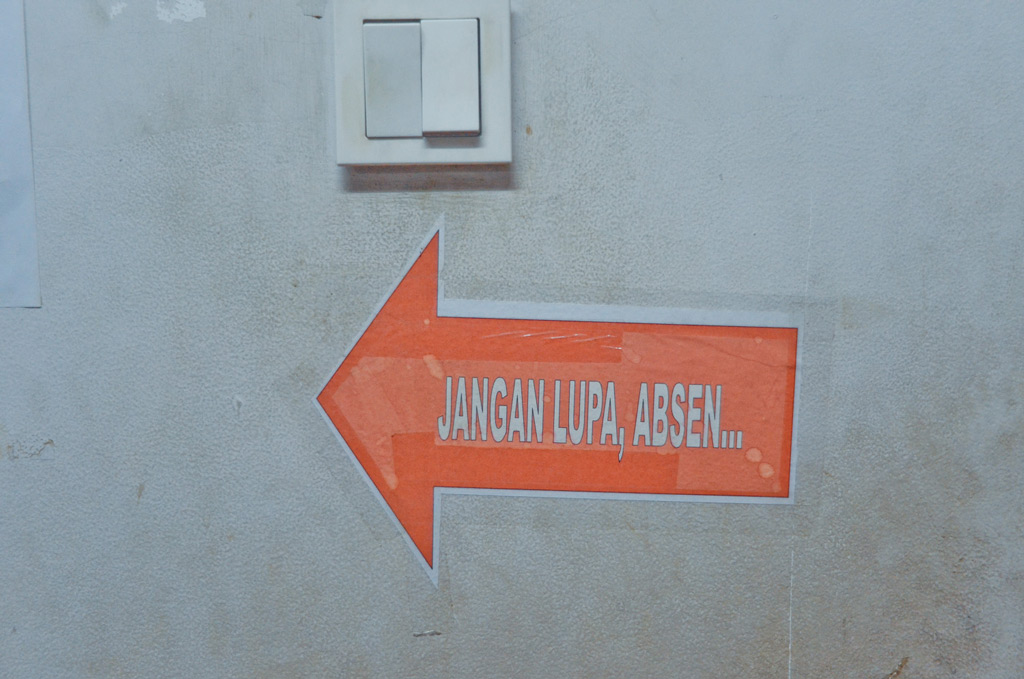
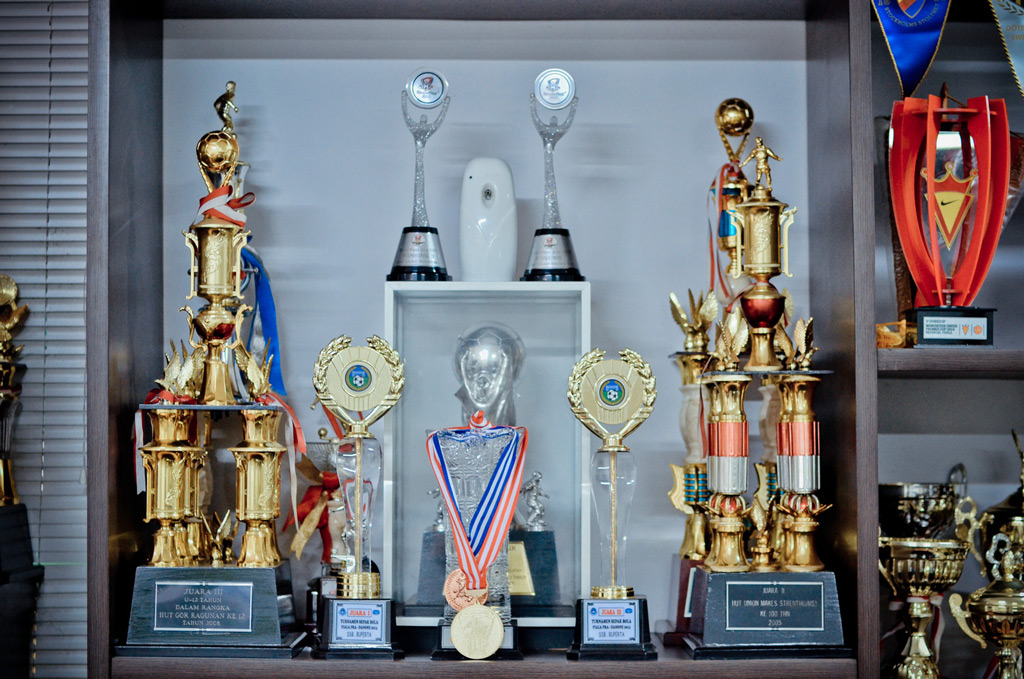
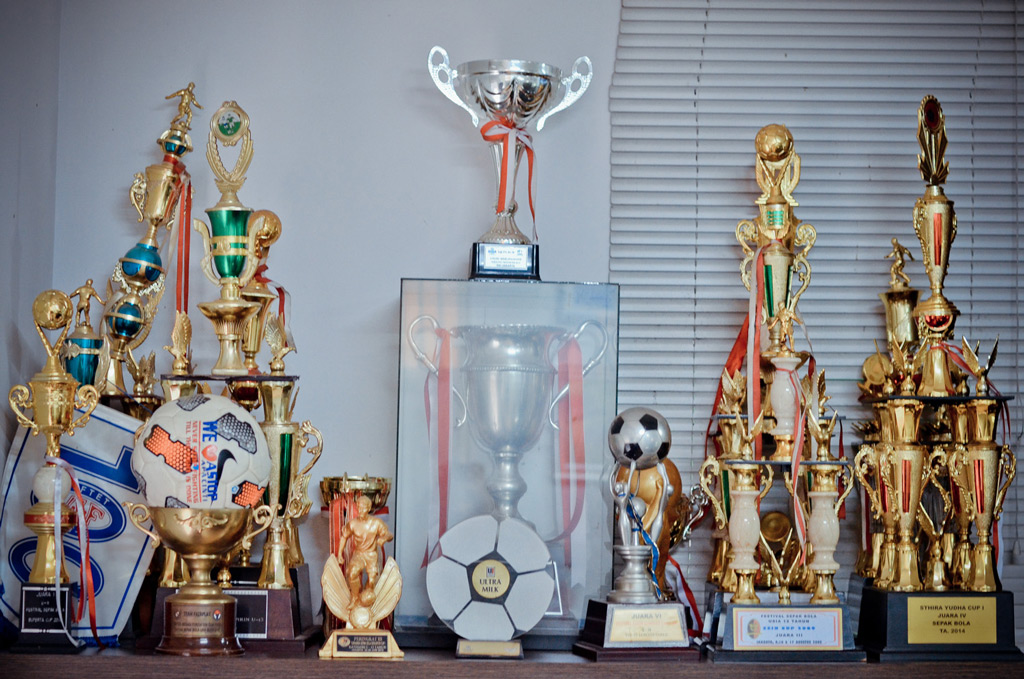

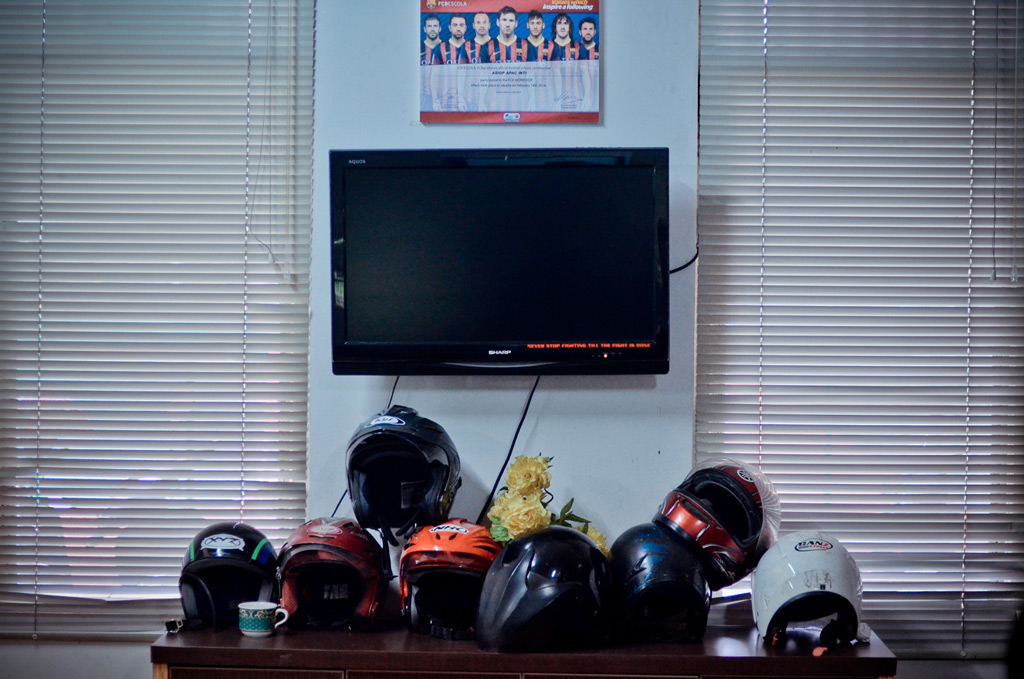
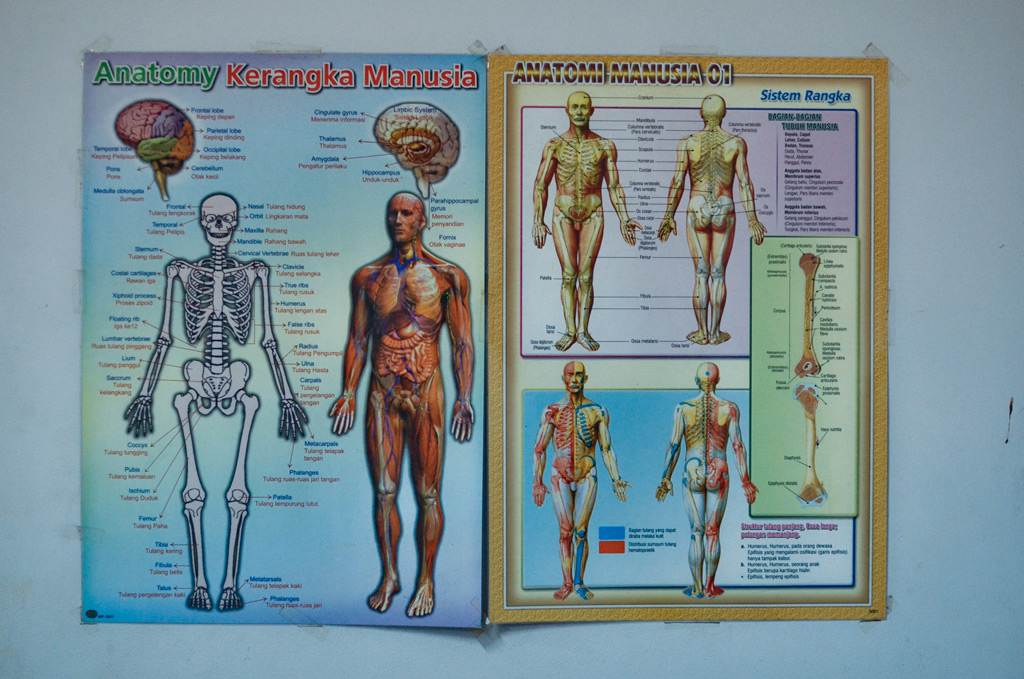
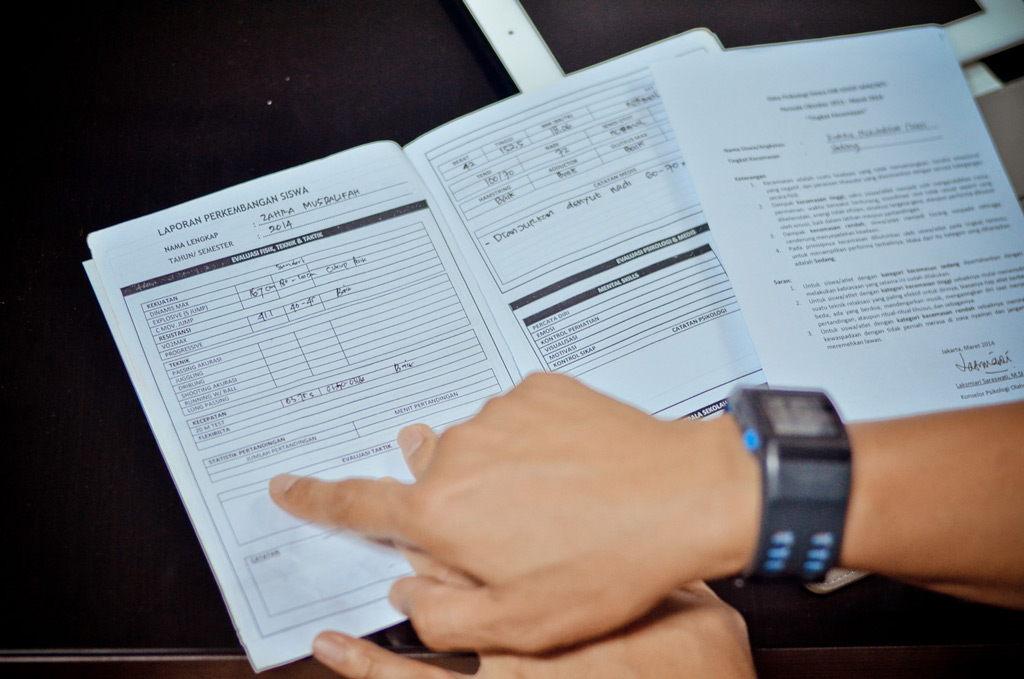

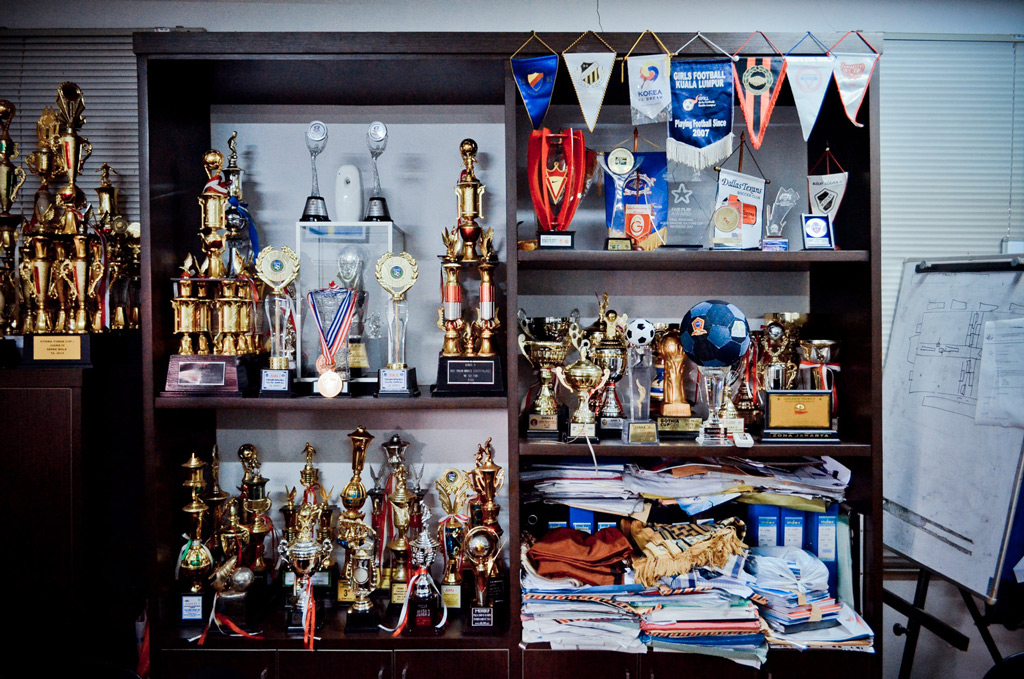
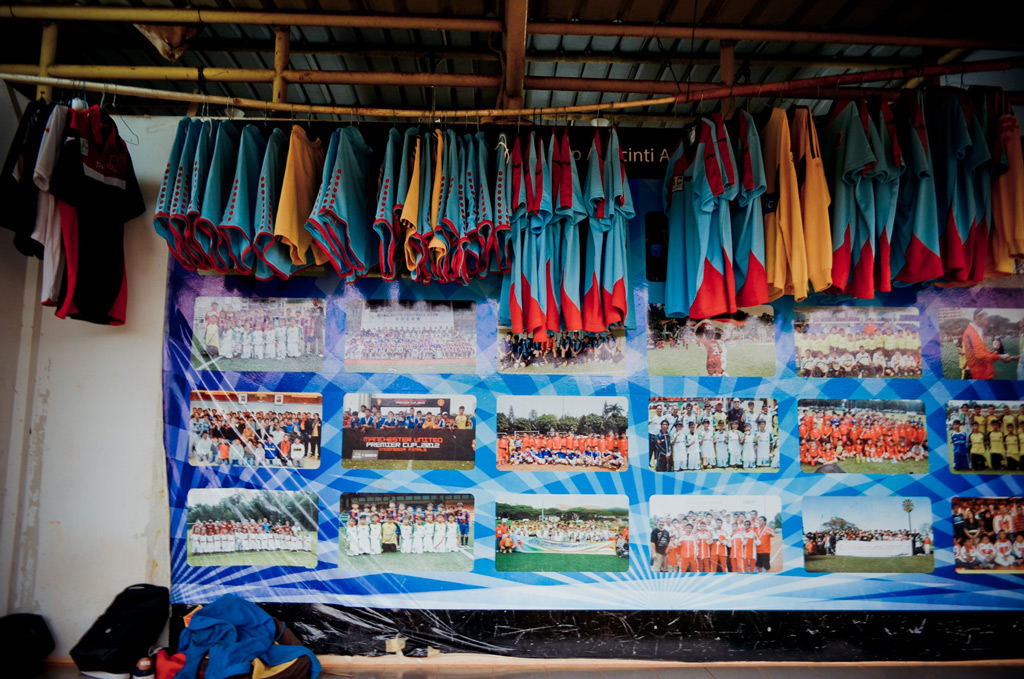

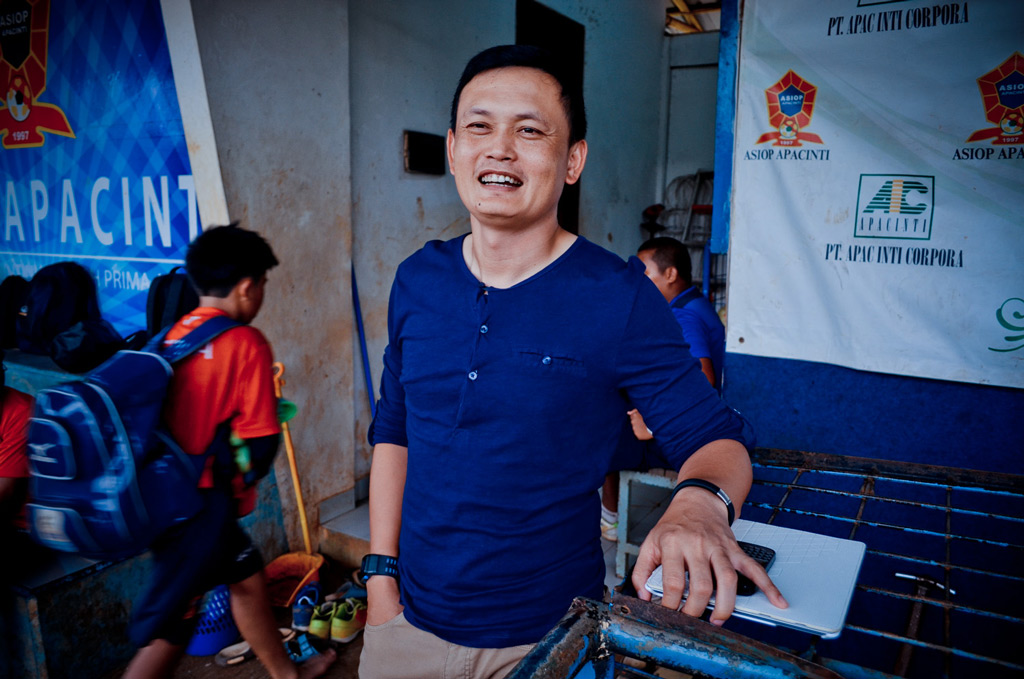
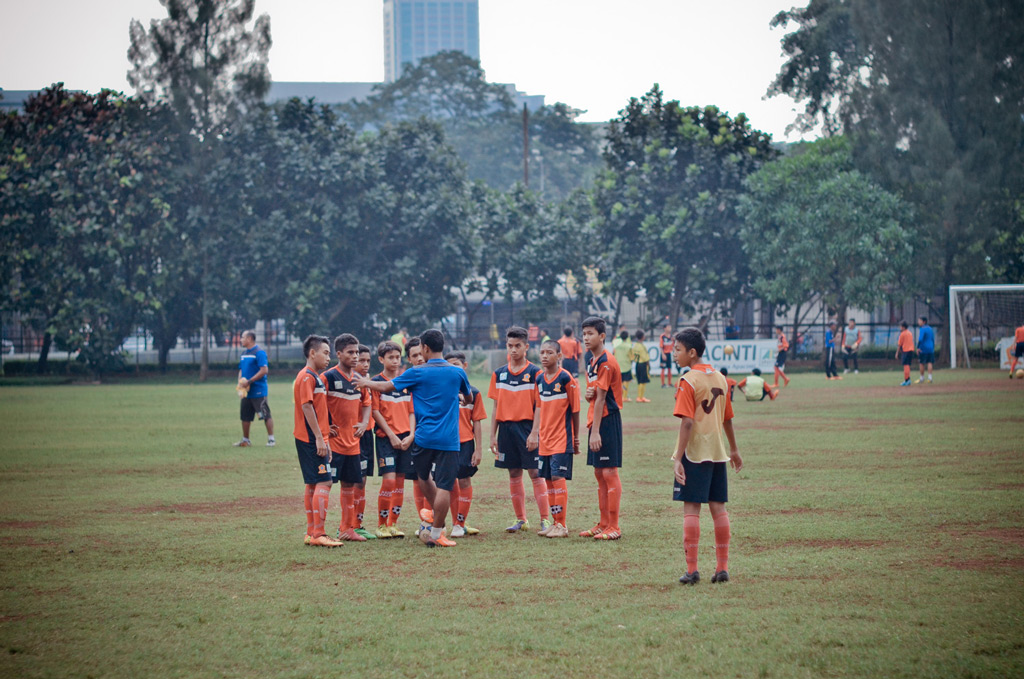
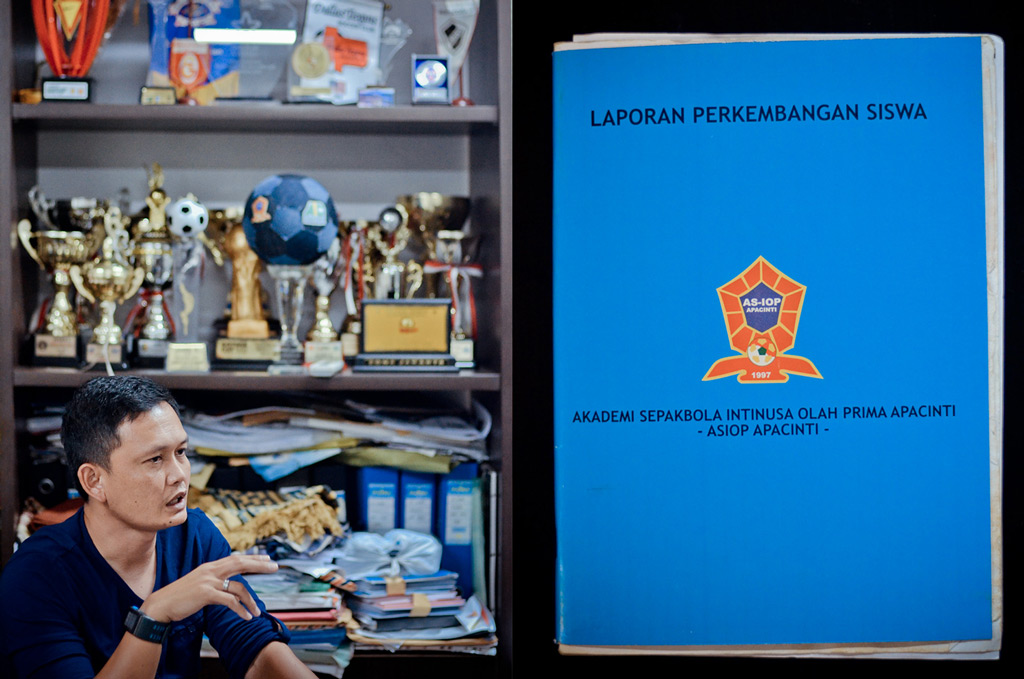
C
How did your interest in football begin?
Y
I grew up in in Komplek Semen Padang, which has a football team until now. I went to school in the area, which had a sports facility that was pretty complete. I took up two sports, badminton for individual sports and football for a team. From a young age, about ten years old, I have participated in intermural competitions. By the time I was in my teens (13-15 years old) I have participated in nationwide competitions (Piala Menpora) representing West Sumatra.
C
This was in the early 90s?
Y
Yes. At 16 I was part of the Piala Soeratin, even though the cup was meant for 19 year-olds. Growing up, I spent playing badminton and football equally, I didn’t choose one over the other until one of them take me to a point where I can build a future out of it.
C
What was the factor that made you choose football?
Y
That was when I was part of the national championship at 15 in Jakarta. We made it all the way to semifinals, and to me football felt incredible. Because of with only my feet and a pair of sneakers as my capital I was able to fly to Jakarta, meet the participants from all of Indonesia – it felt like I had a future where I belonged. I then focused on football, when I was in highschool I was a part of an organization that focused on transitioning players from school into a professional level.
C
What position on the field were you back then?
Y
I was a striker. I continued getting into championships, and was captain, MVP in a winning team in high school, and was selected to be a part of an Asian Student Cup in Colombo, Sri Lanka. When I was selected, I had to take leave from school for about 3 months to practice etc. I then tried out for the Afura Games in Darwin, and finally I was selected to be part of the Asian Cup. There was a surprise, that we would be training in Italy.
C
Primavera program?
Y
Yes.
C
What was the program like?
Y
At the time, yes. What a football player needs is experience, and back then Indonesia didn’t have competitions that could accommodate this experience. Even now, in more rural areas there aren’t programs that can accommodate it. There is a huge gap between competing in intermural games and a professional league, which didn’t have a transition phase back then. The gap was somewhere between 5-8 years between the two.
In Primavera what we did was compete. Our team competed with all of the teams in Primavera. The second level of Primavera were players from Serie A, players such as Maldini all had to go through the program.
We not only competed, but also watched games in stadiums. The organization worked with Sampdoria, so where ever the team went we watched the games.
C
Did you play with the Serie A players when you were in Primavera?
Y
I’ve played with Del Piero, Totti, Ruud Gullit. We had the chance to play with everyone from Serie A, particularly the Italian players.
The program built individuals, and after two years, when we returned to Indonesia, at the age of 17 I was asked to play by Pelita Jaya and PSM Makassar. I ended up at PSM Makassar because there were too many people in Pelita Jaya already. I was asked personally by the general chairman of the national football league, Mr. Azwar Annas, to try out PSM Makassar.
It was a new experience for me. Before me, PSM Makassar has never recruited anybody from outside of Makassar. I joined a team full of senior players, while I was still 18 years of age.
In the same year (1995) I was asked to join the national football team, which in 1995 -2000 had at least 3-5 Primavera players. It was a priceless experience for me.
C
I suppose we can say that the period you were in Primavera was successful in shaping individual skills?
Y
Very true, because we get the experience needed. Competing abroad, is good to build an individual, with its training program, competition, the standardization of health. In Indonesia, we unfortunately often ignore sports science.
C
Regarding your career as a player, you finished in 2004?
Y
2007.
C
During your career, what stories would you say stood out?
Y
The worst would be having a knee injury in the Asian Cup in the United Arab Emirates in 1996. I had an operation, and had to rest for about 8 months year. Some people even told me that I wouldn’t play football ever again, but for me, nothing is impossible. I didn’t touch the pitch for all of those 8 months; all I did was physical therapy, swim, and fitness.
I gained some wisdom from this injury. When I first joined PSM Makassar, the negotiations included my asking, one, to be able to get a college degree. Secondly, the off rate for players back then was 1 million rupiah a month, I received 2 million rupiah a month.
C
That’s pretty good considering this was before the economic crisis.
Y
Yes, indeed. Thirdly, the biggest contract back then was 10 million rupiah, I had a 25 million rupiah contract. But with what I gained, I felt responsible in bringing a prestige to my team. The year I joined, PSM Makassar went immediately to the Indonesian league finals.
When I was injured I went to school, and when I got better I continued my studies even when I was playing. The players’ dorm was just a place for me to sleep and change my clothes. After morning football practices I went to the campus, ate lunch, went back to campus, went to afternoon football practices, then back to campus. I even had the chance to intern at a local taxi company.
That was one of the reasons why I never left PSM Makassar, because they provided me with the skills and knowledge for when I finish my career.
In the year 2000, my last year in PSM, we wont the league championship – that’s when I decided to change clubs, because I had achieved all that I could in PSM, and I do not believe that a club can win two championship back to back.
I moved to Persikota Tangerang in 2000, and was even able to become a civil servant.
C
Really? While you were playing football professionally?
Y
Seriously. Back then, Persikota players were given the opportunity to become civil servants, and became part of the Department of City Planning. When I didn’t have football practice, I worked in an office.
I moved to Perseden Denpasar for a year, and then I moved to Persebaya Surabaya in 2004 where our team became champions. I then moved to PSMS Medan.
C
Which is closer to your hometown.
Y
Yes, that was nice. The contract was also very good for me, I was able to pay for my parents’ Hajj from the bonuses. We did pretty well, we were able in the big 5.
C
How long were you there for?
Y
One season.
C
Weren’t you part of a Futsal team as well?
Y
Yes, that was after Surabaya and before I was in Medan. Back then, futsal wasn’t popular yet in Indonesia so the players were football players. I was the first Indonesian futsal captain for the national team.
C
So your career in futsal was simultaneous to your football career?
Y
Yes it was.
C
So, Persija is your last club as a player?
Y
Actually, my last team as a player was Persma Manado, I only did a half season there, though. Because at that time, a friend of mine asked me to join the association team on the 2007’s Asian Football Cup. That was the moment when I decided to retire as a player. I still received a lot of offers from football clubs, one of them even offered me 50 million per game if I play with their nearly promoted team, but I don’t want to end my career on such a level. To be honest, the transition from being a football player who always play on the field to a man who did all of his jobs behind the table is not easy. It took me a lot of time to get used to my new position as the marketing team of the football association.
C
You learn a lot of business experience from that position?
Y
I do have a bachelor degree in economy, but I think that it is important to have real experience. Other than that, those experiences also gave me some networking that really helped me to build my own business.
C
When did you start to become a football commentator?
Y
The same year when I retired, 2007. But before that, I already did commentary for radio whenever I’m not playing. I have a lot of senior football presenter friends, Tris Irawan, Boy Noya are some of them. And they’ve been really good to me, I learned a lot from them. So, when my time on the pitch as a player was done in 2007, it was easy for me to pop in as a football commentator. It was Tio Nugroho who asked me to join him on the screen and we kept our partnership until now on Bein Sports channel. I started my first job as a commentator on ANTV, then moved into TVone, back again to ANTV and now, I’m doing it for Bein Sport. The interesting thing is that a lot of producers start to ask for my recommendation to have their own footballer to host their show, but it’s not an easy thing to do, because to do this, you need to learn a lot. It’s not enough to rely solely on the field experience. Me personally, I still consider myself as a junior on this matter compared to names like Sutan Harhara and Benny Dolo. But, I’m quite optimist that there will be more football players to join us on the screen.
C
From your story, I get the impression that you are a quite the multitasker, until now, where you still manage to handle our youth development program. How did you do that? And what level of youth are you handling now?
Y
Right now, I’m a part of Asiop football academy. Here, we train kids who want to learn more about football from the age 6-18. My position here is the head coach. Basically, I made the training program for the whole academy. I’m also quite lucky to be one of the coaches that brought our young players to Uruguay for three years in a row. From that, I get the chance to scout into a lot of areas to search for the ones who are qualified to go to Uruguay, and then assist them to prepare for the competition ahead.
C
The Uruguay program, is it some kind of attempt to revisit the old primavera program?
Y
Yes, you’re right. Though there are some minor adjustments. On the Uruguay program, the players are being prepared in a certain way so that they really ready to face the tension of Uruguay. The main goal of the program is also quite different, primavera aims to build a strong team for our national team at that time, the Uruguay program is dedicated to construct a great players individually because there is an advanced program where these players will have the opportunity to play on international teams if they good enough. Something that weren’t possible at the era of Primavera, only Kurniawan and Bimasakti made it to Switzerland and Sweden League. It’s just easier to find an international club for our players now.
C
Can you explain why it is easier now to find international clubs for our players?
Y
The first reason is that we didn’t have any football agents that could sell our players to international clubs at that time. There is also a strict restriction on the number of international players on a club, every club can only have three international players in their entire squad. With this rule every team looks for the best players only, it is just impossible for our players to compete with the world’s top players. Now, in some European countries like Belgium, Australia, and most of the Latin Americas have no restriction at all regarding the number of international players in their club. So, the opportunity for our players to play on international teams is wide open.
C
What do you see in the future of Indonesia’s youth development program?
Y
I’m not saying that they have done it wrong in the past, but we all know that the national team that we have now is the product of what was happening in Indonesian football 10 years back, so there might be something missing in the past if the team didn’t play to their full potential. What we need is great quality from the training staff, some improvements in the football infrastructure, and a better atmosphere in the local competition. It’s a must. Let me quote from Uruguay National Team’s coach, “with a great standard of the training staffs and method, a proper football infrastructure, you can have a great football team”.
We have a lot of football academies in the nation but do their coaches have the competency? I guess not. The minimum standard of competency for a football coach is that they have an AFC certified license. One of the main requirement to have this license is that the coach has to be able to demonstrate the technique to the players. You can count yourself the number of local coaches that have that license, it’s not that much. We also have to remember the fact that Indonesia is a really big nation, so it’s not an easy thing to have the same level of coaching in one area to another.
Here, in Asiop, we try our best to train our students. Besides all the physical and technical stuff we gave them, we also give extra attention to their health and psychological aspect. We evaluate all of our student’s traits and we monitor them psychologically every 6 months. We believe that when we give our best to the students, the students, and their parents will understand the game better and be satisfied with our service.
C
Do you apply some of your experience as the part of the Primavera team to your youth development programs?
Y
In this academy, I usually feel like a lecturer. Football academy in Indonesia is an extracurricular activity for the kids, unlike how the international football academies are the main activity for the student. With that, they have a full enclosure to the players. They have it all under control. On the Primavera program, they applied this kind of approach to us, this is why we have a nutritionist on Asiop, so that we could control the calorie intake of our students. Youth development program has to be comprehensive, and we want to achieve that on this academy.
C
All of these developments seem really positive. I had the chance to talk to Ganesha of Villa 2000, and it seems like you have a similar vision.
Y
Here, we have a hobbyist group, which is a once-a-week program. Usually, the kdis in the hobby group are great players, but are usually have time constraints due to school, extracurricular activities. There are also kids who are also hobbyists. There are many different kids from all walks of life here.
We also have a tour program, where kids who can afford the program go abroad to play football. Including their parents, there are about a hundred participants every year. We first started with Singapore, Malaysia, then Hong Kong, Australia, and last year we went to Korea. We work with our friends abroad, where they set up a football field and opponents for the kids. We arrive, walk around, the next day play football, then more touring, the next day football, rest, then go home.
C
Like a really football club would.
Y
Yes. For the youth, the philosophy is to play football, then entertainment, football, then entertainment.








